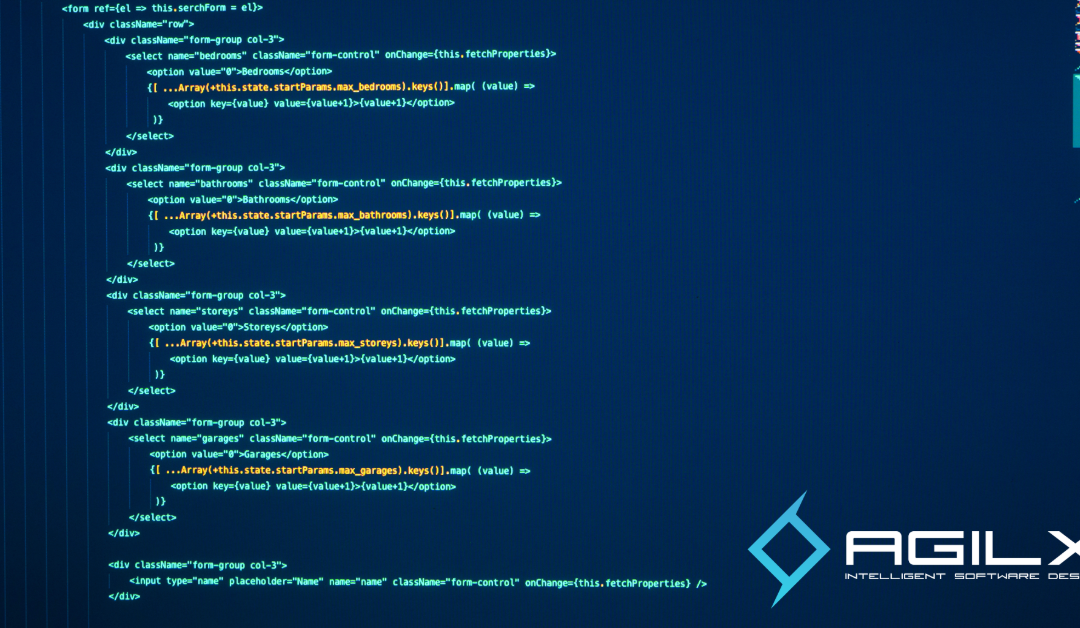In the world of software development, two key components work harmoniously to create seamless user experiences and robust functionalities: frontend and backend development. While they might seem like two sides of the same coin, each serves distinct purposes and requires specialized skills. Understanding the differences between frontend and backend development is crucial for aspiring developers and stakeholders alike. Let’s delve into these fundamental aspects of software engineering.
Frontend Development:
Frontend development, often referred to as client-side development, deals with everything the user interacts with directly. It focuses on creating visually appealing, intuitive, and responsive interfaces that users engage with through web browsers or mobile applications. Frontend developers are tasked with transforming design mockups and wireframes into functional web pages or application screens.
Key Aspects of Frontend Development:
1. User Interface (UI) Design: Frontend developers collaborate closely with UI/UX designers to implement designs that enhance user experience. This involves creating layouts, selecting color schemes, choosing fonts, and ensuring consistent styling across different devices.
2. Web Technologies: Proficiency in HTML, CSS, and JavaScript is essential for frontend development. HTML structures the content, CSS styles the layout and appearance, and JavaScript adds interactivity and dynamic behavior to web pages.
3. Responsive Design: With the proliferation of various devices with different screen sizes, frontend developers must ensure that applications adapt seamlessly to desktops, laptops, tablets, and smartphones through responsive design principles.
4. Browser Compatibility: Frontend developers need to consider cross-browser compatibility to ensure consistent performance and appearance across popular web browsers like Chrome, Firefox, Safari, and Edge.
Backend Development:
Backend development, also known as server-side development, focuses on the behind-the-scenes functionality that powers applications. It involves writing code that runs on servers, manages data, processes requests from clients, and interacts with databases. Backend developers build the logic and infrastructure that enable frontend interfaces to function smoothly.
Key Aspects of Backend Development:
1. Server-Side Programming Languages: Our backend developers commonly use languages like C# and MSSQL to build server-side logic. These languages facilitate tasks such as handling HTTP requests, managing sessions, and processing data.
2. Database Management: Backend developers work with databases to store, retrieve, and manipulate data efficiently. They use database management systems (DBMS) like MySQL, PostgreSQL, MongoDB, or SQLite to handle data storage and retrieval operations.
3. APIs (Application Programming Interfaces): Backend developers create APIs that allow communication between the frontend and backend components of an application. APIs define the protocols and rules for exchanging data and enable integration with third-party services or other applications.
4. Security: Backend developers implement security measures to protect data integrity, user privacy, and prevent unauthorized access. This includes implementing authentication mechanisms, encrypting sensitive information, and guarding against common security threats like SQL injection and cross-site scripting (XSS).
Collaboration and Integration:
Frontend and backend development are closely interconnected, and successful software projects require seamless collaboration between both teams. Frontend developers rely on APIs provided by backend developers to access data and perform actions, while backend developers depend on frontend interfaces to deliver content and interact with users.
In summary, frontend and backend development are integral components of modern software engineering, each with its own set of responsibilities, technologies, and challenges. While frontend development focuses on creating user-facing interfaces and experiences, backend development deals with server-side logic, data management, and system integration. By understanding the distinction between frontend and backend development, stakeholders can better appreciate the complexity of software projects and foster effective collaboration between teams to deliver exceptional user experiences.
Agilx is a custom software development company. For information on custom software, and how you can increase your business’s efficiency with custom software contact Agilx at 402.817.4313 or support@agilx.com
